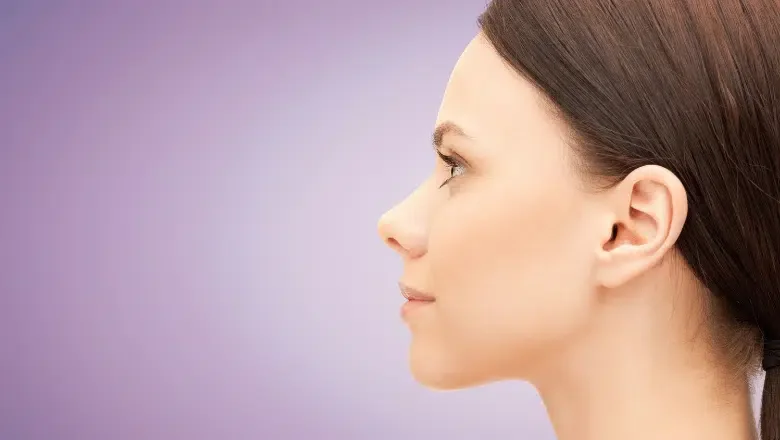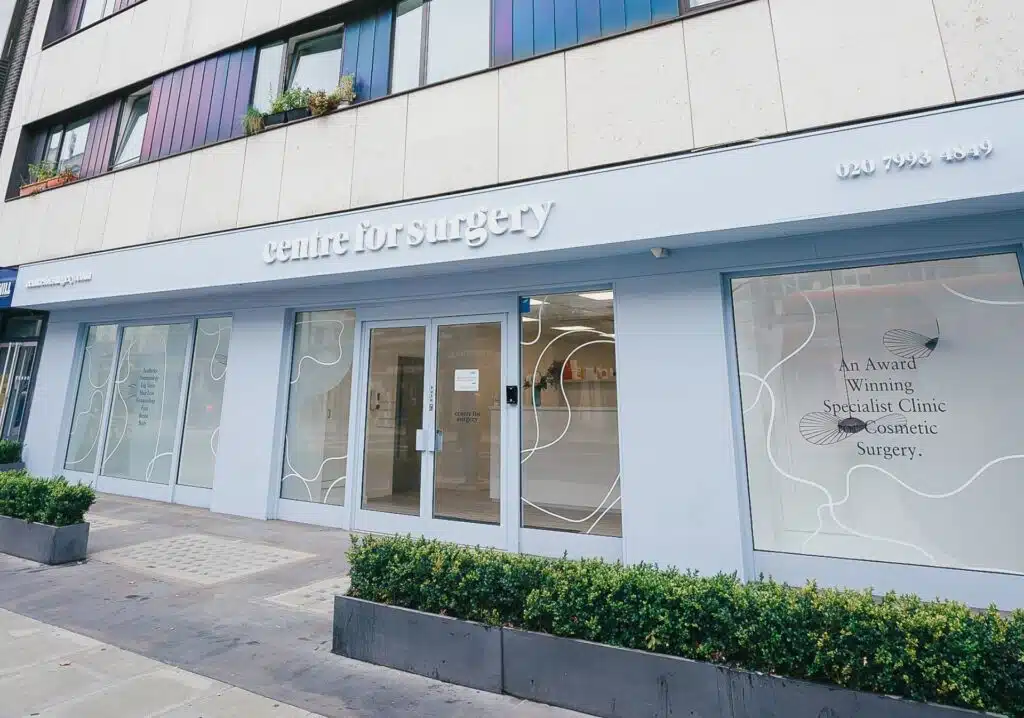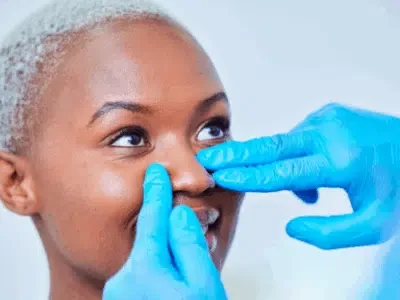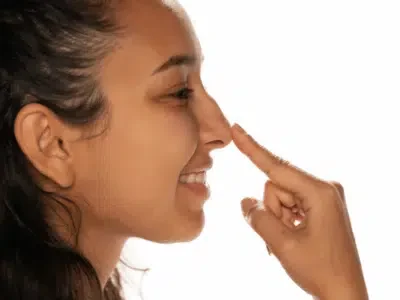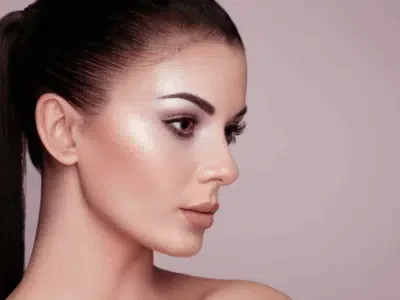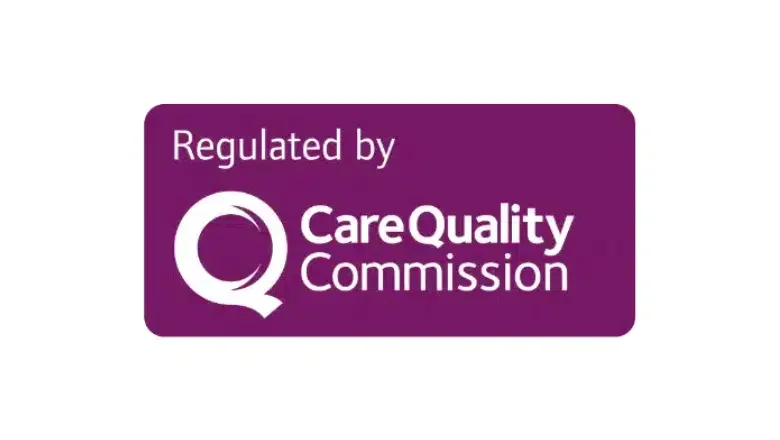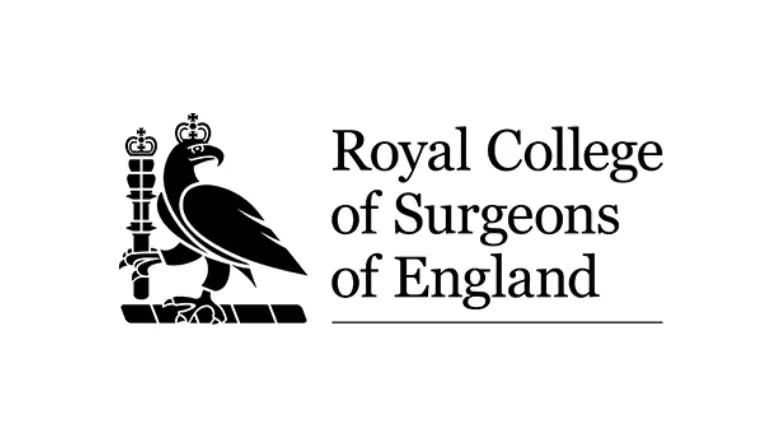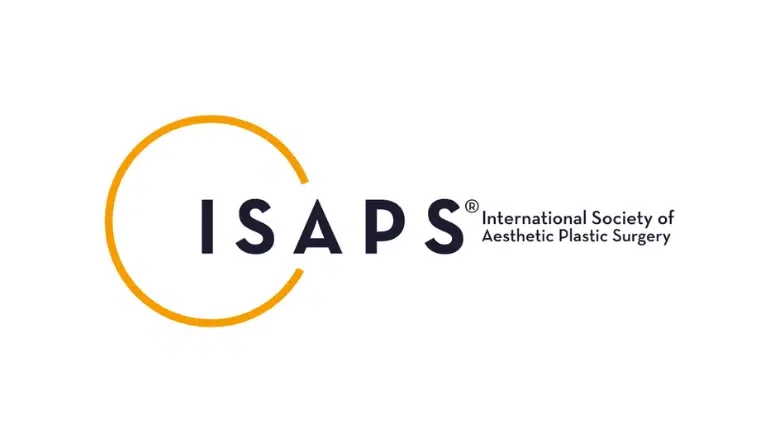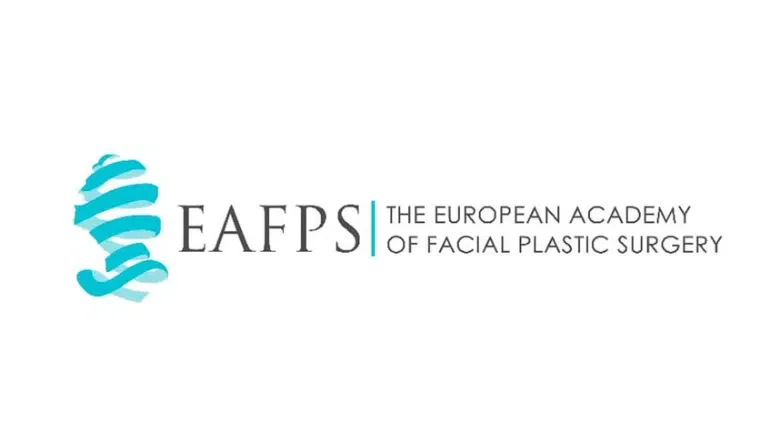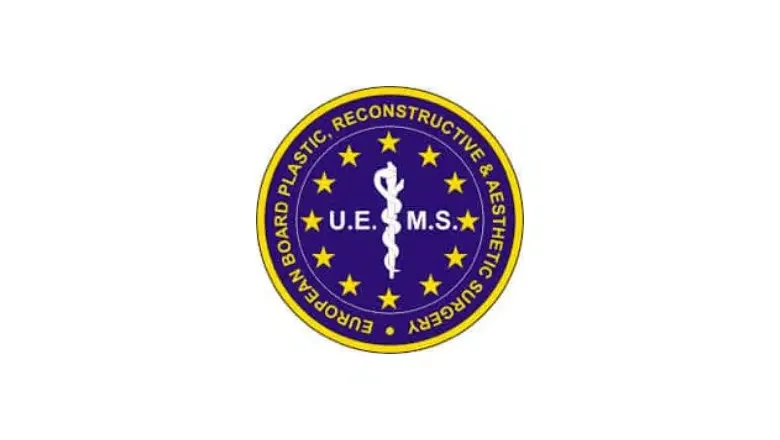Rhinoplasty, or nose reshaping, is one of the most popular cosmetic procedures performed today. There are many reasons why patients seek out rhinoplasty.
These include:
Accidents or injuries to the nose
People fall down stairs, bump into lampposts and have other accidents that can negatively impact the aesthetic of their nose. Rhinoplasty is the only way to reverse the effects of the injury that has left the nose twisted, bent or broken. Using a variety of innovative contouring techniques, we can re-shape the nose so it appears just like it did prior to the injury or accident.
RELATED: Broken Nose Surgery – Break Your Nose?
Cosmetic reasons
Some patients simply do not like the bump, bend, size or symmetry of their nose and desire better facial harmony and improved appearance with the aid of rhinoplasty.
Breathing problems
Another reason for having rhinoplasty is breathing problems. Many people experience problems breathing through their nasal passages due to the structure of their noses.
Rhinoplasty offers an effective surgical solution for clearing obstructions within the nasal passage and restoring uninterrupted breathing.
Rhinoplasty is a continually evolving operation, but the fundamental philosophy and principles have not changed dramatically over recent years. Advances have been made in the refinement of rhinoplasty through a better understanding of nasal analysis, anatomy, function and long-term postoperative healing. Novel surgical manoeuvres and techniques that improve the long-term results of rhinoplasty from both aesthetic and functional standpoints have also been developed. Furthermore, technological advances in computer imaging and innovative surgical tools have widened the options for the surgeon performing rhinoplasty.
RELATED: The Complete Guide to Understanding Rhinoplasty
Rhinoplasty is the most challenging, rewarding and humbling of all cosmetic surgery procedures. Every rhinoplasty operation presents the surgeon with diverse nasal anatomy, contours and proportions, requiring a series of organised and interrelated surgical manoeuvres tailored to each patient’s anatomical and functional needs. The surgeon controls the operation and must also become skilled at manipulating and controlling the dynamics of postoperative healing to attain optimal long-term aesthetic results. A necessary pre-requisite is the skill to visualise the ultimate healed outcome while modifying nasal structures.
Such skills require many years of study and experience as the surgeon observes, analyses, and modifies his/her surgical results. With the improved methods of analysis and the increased popularity of open (external) rhinoplasty, surgeons may be able to perform precise techniques under direct visualisation. The key to continuous improvements through experience is accurate record-keeping using diagrams coupled with long-term patient follow-up and evaluation.
The unique anatomy of the nose is the critical factor influencing the final result of each individual rhinoplasty procedure. Differences between individuals in nasal anatomy demand refined diagnostic skills to identify the infinite variety of problems that could be encountered. The aesthetic judgement of the surgeon, guided by patient expectations, determines the surgical changes planned. No single procedure or technique will suffice to reconstruct every nose aesthetically pleasingly. Therefore, the surgeon must be skilled in many different approaches to handle the wide range of nasal anatomical combinations. The ability to identify correctable deformities and limitations inherent in each patient exists as the single most critical prerequisite to the attainment of outstanding results on a consistent basis. Misguided attempts to create changes greater than the tissues will permit will result in aesthetic and functional complications from overaggressive resection of supportive structures.
RELATED: Rhinoplasty 101
Our surgeons utilise the most advanced contemporary and innovative techniques from top centres in Belgium and the USA. In approximately 20% of all patients, the side profile may reveal facial imbalance with a small chin; we may then advise using a chin implant to restore balance to turn a good result into a fantastic result. Rhinoplasty is considered technically the most challenging cosmetic surgery of the entire body; a great-looking rhinoplasty requires a balance of the patients’ genetic makeup and healing, surgical technical excellence and the surgeon’s artistic talent.
Ethnic Rhinoplasty
People of different ethnicities have naturally different nasal contours. For example, Caucasians tend to have a sharper contour, whereas other ethnicities tend to have a wider nasal base. An important consideration for this is that the nose should still fit in with the natural ethnic profile of the face to look natural.
RELATED: Ethnic Rhinoplasty
Are You A Candidate for Rhinoplasty?
Patients typically want to improve the appearance of their nose, from reducing the size to removing bumps or asymmetrical features to fixing flared nostrils. Whether you’re considering rhinoplasty because of injury, cosmetic reasons, or you are having problems breathing through your nose, there are other considerations that help determine if you’re a good candidate for rhinoplasty. They include:
- Your facial growth is complete.
- You are physically healthy.
- You don’t smoke
- You have a positive outlook and realistic expectations for overall appearance improvement.
- The best way to determine if you are a good candidate for rhinoplasty is to have a consultation.
What Can You Expect With Rhinoplasty
The process begins with an initial consultation. You will have an opportunity to discuss your goals and expectations about the rhinoplasty surgery with the doctor and ask any relevant questions you may have. During your initial consultation, the doctor will:
– Review your medical history and any medications you are taking
– Discuss the procedure and any related procedures
– Provide recommendations based on your needs and preferences
– The doctor will listen to your needs, expectations and your desired outcome from the rhinoplasty surgery. You will be able to tour our state-of-the-art surgical facility. During this time, you will also be able to meet with our caring staff, who will be part of your team.
The rhinoplasty procedure
You will receive the most advanced anaesthesia for the procedure. This will be TIVA anaesthesia. The surgeon will determine the best choice for your particular procedure. The surgery should take 2-3 hours. There are two approaches to rhinoplasty.
A closed rhinoplasty – where all incisions are hidden inside the nose.
An open rhinoplasty – where the incision is made across the narrow strip of tissue that separates the nostrils, called the columella.
RELATED: Open vs Closed Rhinoplasty – Which is Best?
Once the incisions are made, the skin covering the nasal bones and cartilage is raised, giving access to reshape and sculpting the nose’s structure. Reducing a very large nose is accomplished by removing bone or cartilage. At other times, surgery requires the addition of cartilage grafts. This is done with cartilage from the septum – the portion found in the middle of the nose. Other times, cartilage is taken from the ear or rarely from a section of the patient’s ribs. To correct a deviated septum, which causes breathing problems, it is straightened, and the cartilage inside the nose is reduced or reshaped to improve breathing. Once the surgery is complete, sutures are used to close the incisions. Following the surgery, the nose is packed with gauze. Splints may also be used, and both will be removed within a few days after surgery. Following your surgery, you can recover at our luxury partner hotel. You will receive a care package from us, and our staff is available to you while you stay with us. Should you desire, full-room service is available to you. You will see the surgeon the day after your surgery and at specified intervals during the following weeks. This is done so that the surgeon can personally monitor your recovery process and to ensure that you have the best results possible.
RELATED: Nose Surgery FAQs – Q&A about Rhinoplasty
Recovery after rhinoplasty
There will be swelling and bruising following rhinoplasty. To reduce swelling and bruising, you will need to rest in bed with your head raised. In order to further reduce your chance of bleeding and swelling, there are several precautions you can take after surgery. These include:
– Avoid strenuous activities
– Don’t use ice or cold packs on your nose
– Take baths instead of showers as long as you have bandages on your nose
– Don’t blow your nose
– Try to avoid extreme facial expressions – like laughing or smiling
– Wear clothing that buttons or zips in the front in order to avoid pulling clothing over your head
– Avoid resting eyeglasses or sunglasses on your nose for a minimum of 4 weeks after surgery
You may experience some swelling or black-and-blue discolouration of your eyelids. The discolouration will last for two to three weeks after your surgery. Swelling will take longer to dissipate.
FAQs about Rhinoplasty
How should I prepare for Rhinoplasty?
It is recommended that you stop smoking for at least one month prior to surgery in order to stop the blood thinning, which can create complications during surgery, as well as during the healing process. For the same reason, you may be required to stop taking certain types of medication and supplements. Your surgeon will review your medications during your consultation and advise you on this.
Am I a suitable candidate for Rhinoplasty?
If you are in good health and have realistic expectations about the result you can obtain, you could be a good candidate for rhinoplasty. Patients usually want to reduce the size of their nose, remove bumps, change asymmetrical features, and fix flared nostrils. It is important that the patient has reached full growth in their nose prior to surgery, so most patients would need to be at least 18 years of age.
RELATED: Who Is Not Suitable for Rhinoplasty?
What happens in the operating room?
The rhinoplasty surgery is done using the open or closed technique. Using the open technique, an incision is made at the bottom of the nose across the nostrils. This method generally provides a better view of the nasal skeleton and, therefore, improved accuracy with contouring. The open technique is considered the better option for twisted noses and post-rhinoplasty deformities. In contrast, the closed method requires an incision in the lining of the nostrils, and the great advantage of this technique is that visible scarring can be completely avoided. Once the incision is made, your surgeon will remove and re-arrange cartilage and possibly break and remove certain parts of the bone to create the most flattering nasal contour. The incisions will then be closed, gauze packed into the nose, and a splint will be applied to the operated area.
What is the recovery process after Rhinoplasty?
You will be required to wear a nasal splint for around seven days following the procedure to ensure that the shape of your new nose is kept intact and that your nose is protected from any direct contact. After this time, your splint will be removed, but you will still have to be very careful with your new nose, as it will still be delicate. The swelling of your nose will decrease within four weeks, but you will not be able to see the final results of the surgery until one year after the procedure.
Are there any complications associated with rhinoplasty surgery?
As with all cosmetic surgery, there are some risks involved. Risks associated with cosmetic nose surgery include excessive bleeding, tears to the nose, collapse of the bone pyramid, airway obstruction, and infections. Our operating suite is state-of-the-art, and we do everything we can to minimise the risks associated with surgery. Most importantly, your surgeon and his team have comprehensive safety protocols in place to prevent complications from occurring.
